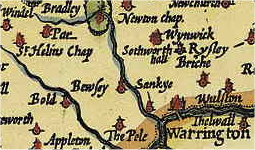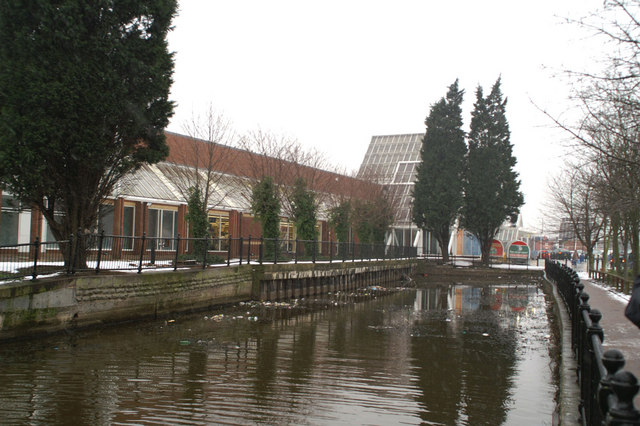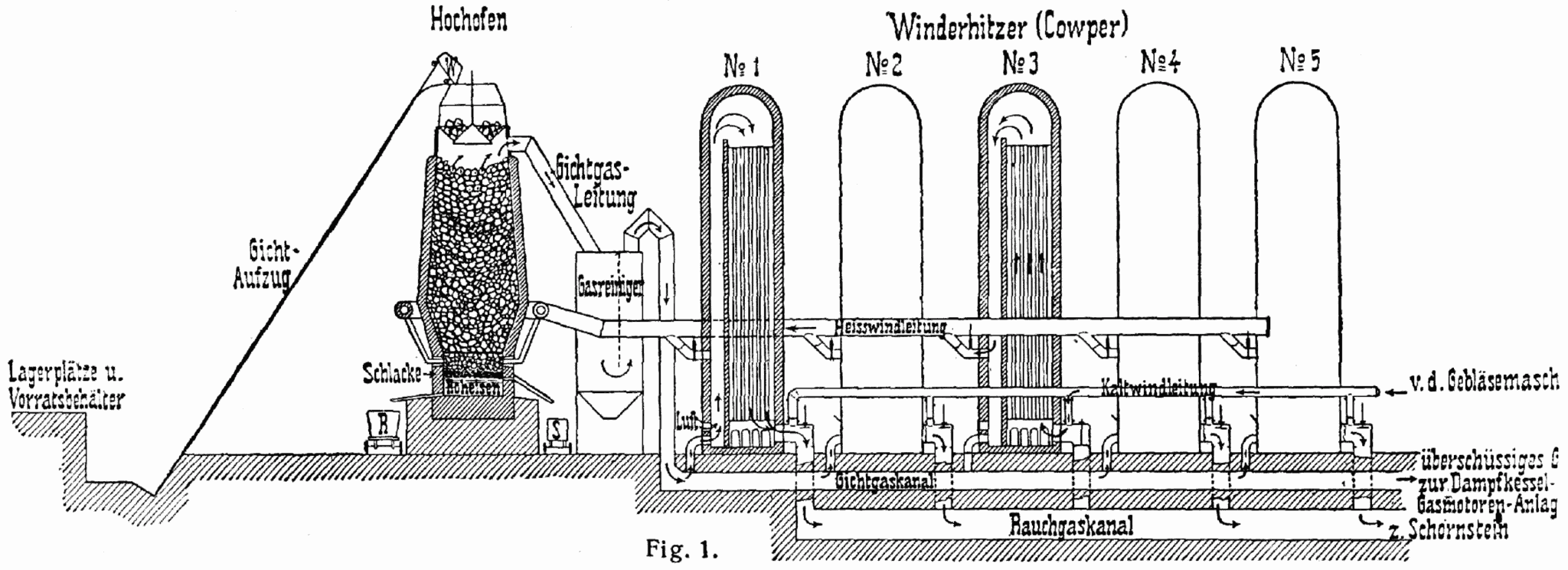|
World Of Glass, St Helens
The World of Glass is a local museum and visitor centre in St Helens, Merseyside, England. The museum is dedicated to the local history of the town and borough primarily through the lens of the glass industry but also looking at other local industries. The World of Glass was founded in 2000 and is an amalgamation of the former Pilkington, Pilkington Glass and St Helens Borough Council collections. The purpose-built premises was constructed adjacent to the Pilkingtons glassworks and the stretch of the St Helens Canal known as the "Hotties". The World of Glass was named as England's Best Small Visitor Attraction (2006). History In the early 1990s, Pilkingtons undertook the £1 million restoration of the Grade II*-listed building, listed Pilkington's Jubilee Cone building, a brick cone structure built in 1887 to house the first ever continuous glass making furnace. Following the restoration, Pilkingtons floated the idea of utilising now redundant adjacent factory space (kn ... [...More Info...] [...Related Items...] OR: [Wikipedia] [Google] [Baidu] |
St Helens, Merseyside
St Helens () is a town in Merseyside, England, with a population of 117,308. It is the administrative centre of the Metropolitan Borough of St Helens which had a population of 183,200 at the United Kingdom Census 2021, 2021 Census. The town is north of the River Mersey, in the south-west part of Historic counties of England, historic Lancashire. The town was initially a small settlement within the historic county's ancient hundred (county division), ''hundred'' of West Derby (hundred), West Derby in the Township (England), township of Windle, St Helens, Windle but by the mid-1700s the town had developed into a larger urban area beyond the townships borders. By 1838 the council was formally made responsible for the administration of Windle and the three other townships of Eccleston, St Helens, Eccleston, Parr, St Helens, Parr and Sutton, St Helens, Sutton that were to form the town's traditional shape. In 1868 the town was incorporated as a municipal borough, then later became ... [...More Info...] [...Related Items...] OR: [Wikipedia] [Google] [Baidu] |
Sankey Canal
The Sankey Canal in North West England, initially known as the Sankey Brook Navigation and later the St Helens Canal, is a former industrial canal, which when opened in 1757 was England's first of the Industrial revolution, and the first modern canal. The canal eventually connected St Helens to the River Mersey at Spike Island in Widnes. Originally it followed the valley of the Sankey Brook from the Mersey through Warrington to Parr following which extensions were constructed at the Mersey end to Fiddlers Ferry and then to Widnes, while at the northern end it was extended to Sutton. The canal was abandoned between 1931 and 1963 but has been the object of ongoing restoration attempts since 1985. History The Sankey Canal was built principally to transport coal from Haydock Collieries and Parr to the growing chemical industries of Liverpool, although iron ore and corn were important cargoes. The industries rapidly expanded, and spread along the line of the canal to St Helens ... [...More Info...] [...Related Items...] OR: [Wikipedia] [Google] [Baidu] |
Museums In Merseyside
A museum is an institution dedicated to displaying or preserving culturally or scientifically significant objects. Many museums have exhibitions of these objects on public display, and some have private collections that are used by researchers and specialists. Museums host a much wider range of objects than a library, and they usually focus on a specific theme, such as the arts, science, natural history or local history. Public museums that host exhibitions and interactive demonstrations are often tourist attractions, and many draw large numbers of visitors from outside of their host country, with the most visited museums in the world attracting millions of visitors annually. Since the establishment of the earliest known museum in ancient times, museums have been associated with academia and the preservation of rare items. Museums originated as private collections of interesting items, and not until much later did the emphasis on educating the public take root. Etymology The ... [...More Info...] [...Related Items...] OR: [Wikipedia] [Google] [Baidu] |
William Cave Thomas
William Cave Thomas (8 May 1820 – 1906), generally referred to as Cave Thomas was an English Victorian painter of historical, religious and literary subjects, also known as a sculptor and author. History Thomas was born in London, a son of a picture-frame maker and gilder. He studied at the Royal Academy in the 1830s and in 1840 travelled to Munich, where for several years he attended the Academy of Fine Arts, learning the techniques of fresco painting, working at the basilica of St. Boniface's Abbey and elsewhere under Heinrich Maria von Hess, and was influenced by " Nazarenes" Peter von Cornelius and Johann Friedrich Overbeck. In 1843 he returned to London, where he had some success as a painter and taught at an art school in Camden Town, and over the years wrote articles for art journals and specialist magazines such as '' The Builder''. In April 1842 H.M. Government established a competition to select British artists to create artwork on which to base frescoes for the n ... [...More Info...] [...Related Items...] OR: [Wikipedia] [Google] [Baidu] |
Abraham Solomon
Abraham Solomon (London 7 May 1823 – 19 December 1862 Biarritz) was a British painter. The second son of eight children born to Meyer Solomon, a Leghorn hat manufacturer and his wife Catherine (Kate) Levy. His father was one of the first Jews to be admitted to the freedom of the city of London, and the family resided in Sandys Street, Bishopsgate in east London. Two of Abraham's siblings were also artists: his sister, Rebecca Solomon (1832–1886), and his youngest brother, Simeon Solomon (1840–1905), who acquired much acclaim as an associate of the Pre-Raphaelites and exhibited at the Royal Academy from 1858 to 1872; his later crayon drawings of idealized heads are still popular. At the age of thirteen Abraham became a pupil in Sass's school of art in Bloomsbury, and in 1838 gained the Isis silver medal at the Society of Arts for a drawing from a statue. In 1839 he was admitted as a student of the Royal Academy, where he received in the same year a silver medal for d ... [...More Info...] [...Related Items...] OR: [Wikipedia] [Google] [Baidu] |
Richard Pilkington (Newton MP)
Richard Pilkington (17 January 1841 – 12 March 1908) was a British Conservative politician and member of the Pilkington glass-manufacturing family. He was the second son of Richard Pilkington of Windle Hall near St Helens, Lancashire. In 1858/59 he became a partner in the family glassworks. In 1863 he married Louisa Sinclair and in 1885 he bought the Rainford Hall estate, commissioning James Medland Taylor to build a new house. The building is in the Jacobethan style, of red brick with sandstone dressings. He became a member of St Helens Borough Council, holding the office of mayor in 1881, 1896, 1897 and 1898. By this time he held the rank of lieutenant-colonel, in the Volunteer Force and commanded a battalion of the South Lancashire Regiment.''Election Intelligence'', The Times, 26 December 1898, p. 4 In December 1898 he was selected as the Conservative candidate for a by-election in the Newton constituency. He had previously been considered a Liberal Unionist. As the on ... [...More Info...] [...Related Items...] OR: [Wikipedia] [Google] [Baidu] |
Chance Brothers
Chance Brothers and Company was an English glassworks originally based in Spon Lane, Smethwick, West Midlands (county), West Midlands (formerly in Staffordshire), in England. It was a leading glass manufacturer and a pioneer of British glassmaking technology. The Chance family originated in Bromsgrove in Worcestershire as farmers and craftsmen, before setting up business in Smethwick in 1822. Situated between Birmingham and the Black Country in the agglomeration of the Midlands industrial heartland, they took advantage of the skilled workers, canals and many advances that were taking place in the industrial West Midlands (region), West Midlands at the time. Throughout its almost two centuries of history many changes affected the company which, now in private ownership, continues to function as Chance Glass Limited, a specialized industrial glass manufacturer in Malvern, Worcestershire at one of its small subsidiary factories. The social and economic impact of the company on t ... [...More Info...] [...Related Items...] OR: [Wikipedia] [Google] [Baidu] |
Clare Island
Clare Island ( or ''Oileán Chliara''), also historically Inishcleer, is a mountainous island guarding the entrance to Clew Bay in County Mayo, Ireland. Historically part of the kingdom of Umhaill, it is famous as the home of the 16th century pirate queen Gráinne O'Malley. The population of the island is 138 according to the 2022 census. To the south-west lies Inishturk (inhabited) and Caher Island (uninhabited), and to the north is Achill Island. History Through the Middle Ages, Clare Island was part of the lands of the O'Malley family. The ruins of an O'Malley tower-house, known as Granuaile's Castle because of its most famous resident, are close to the pier at the eastern edge of the island. Clare Island Abbey near the south coast of the island was founded by the O'Malleys and contains the O'Malley Tomb, a possible burial site of Gráinne O'Malley. The Abbey is known for its rare medieval roof paintings. In 1588, a ship from the Spanish Armada was wrecked on Clare I ... [...More Info...] [...Related Items...] OR: [Wikipedia] [Google] [Baidu] |
Manchester Airport
Manchester Airport is an international airport in Ringway, Manchester, England, south-west of Manchester city centre. In 2024, it was the third busiest airport in the United Kingdom in terms of passengers (the busiest outside of London) and the 19th-busiest airport in Europe in 2024, with 30.9 million passengers served. The airport comprises a cargo terminal and three passenger terminals – although a £1.3 billion redevelopment programme will merge Terminals 1 and 2 in 2025. It covers an area of and has flights to 199 destinations, placing the airport thirteenth globally for total destinations served. Officially opened on 25 June 1938, it was initially known as Ringway Airport. In World War II, as RAF Ringway, it was a base for the Royal Air Force. The airport is owned and managed by Manchester Airports Group (MAG), a group owned by the ten metropolitan borough councils of Greater Manchester, with Manchester City Council owning the largest stake, and the Aus ... [...More Info...] [...Related Items...] OR: [Wikipedia] [Google] [Baidu] |
Clare Island Lighthouse Optic At The World Of Glass
Clare may refer to: Places Antarctica * Clare Range, a mountain range in Victoria Land Australia * Clare, South Australia, a town in the Clare Valley * Clare Valley, South Australia Canada * Clare (electoral district), an electoral district * Clare, Nova Scotia, a municipal district Republic of Ireland * County Clare, one of the 32 counties of Ireland ** Clare (Dáil constituency) (since 1921) ** Clare (UK Parliament constituency) (1801–1885) ** County Clare (Parliament of Ireland constituency) (until 1800) * Clarecastle, a village in County Clare * Clare, County Westmeath, a townland in Killare civil parish, barony of Rathconrath * Clare Island, County Mayo * River Clare, counties Galway and Mayo *Clare (barony), in County Galway South Africa * Clare, Mpumalanga, a town in Mpumalanga province United Kingdom * Clare, County Antrim, a townland in County Antrim, Northern Ireland * Clare, County Armagh, a village in County Armagh, Northern Ireland * Clare, County Down, a tow ... [...More Info...] [...Related Items...] OR: [Wikipedia] [Google] [Baidu] |
Regenerative Heat Exchanger
A regenerative heat exchanger, or more commonly a regenerator, is a type of heat exchanger where heat from the hot fluid is intermittently stored in a thermal storage medium before it is transferred to the cold fluid. To accomplish this the hot fluid is brought into contact with the heat storage medium, then the fluid is displaced with the cold fluid, which absorbs the heat. In regenerative heat exchangers, the fluid on either side of the heat exchanger can be the same fluid. The fluid may go through an external processing step, and then it is flowed back through the heat exchanger in the opposite direction for further processing. Usually the application will use this process cyclically or repetitively. Regenerative heating was one of the most important technologies developed during the Industrial Revolution when it was used in the hot blast process on blast furnaces. It was later used in glass melting furnaces and steel making, to increase the efficiency of open hearth furnaces, ... [...More Info...] [...Related Items...] OR: [Wikipedia] [Google] [Baidu] |
Pilkington
Pilkington is a glass-manufacturing company which is based in Lathom, Lancashire, England. It includes several legal entities in the UK, and is a subsidiary of Japanese company Nippon Sheet Glass (NSG). It was formerly an independent company listed on the London Stock Exchange and a constituent of the FTSE 100 Index. Established in 1826 as the ''St Helens Crown Glass Company'', the company gradually grew to become the largest employer in St Helens, where it was originally based. It was renamed ''Pilkington Brothers'' in 1845 following the ending of the partnership with the Greenall family. The business continued to expand, becoming ''Pilkington Brothers Limited'' after its incorporation in 1894. In 1903, it became the sole British manufacturer of plate glass as well as the dominant producer of sheet glass. After the First World War, Pilkington was one of only two large glass manufacturers remaining in Britain, the other being Chance Brothers; the firm gradually expanded ... [...More Info...] [...Related Items...] OR: [Wikipedia] [Google] [Baidu] |








